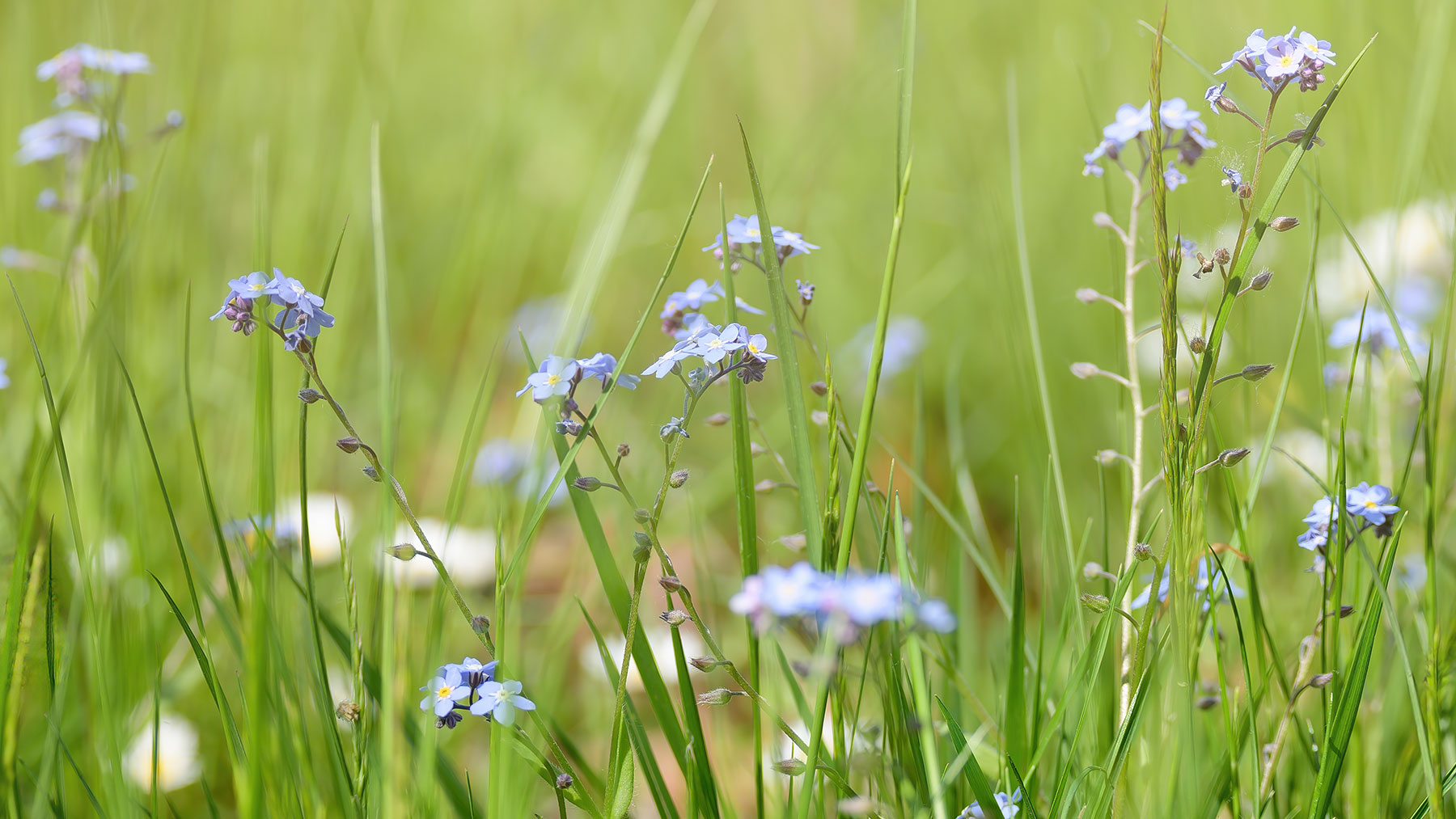
At the beginning of May, I decided to take part in No Mow May, a campaign to encourage pollinators and wildlife to backyards to support biodiversity. I started the month by writing three reasons why I’m taking part in No Mow May — and why you should too.
Allowing your lawn to grow in the spring gives early pollinators the best chance to thrive. Flowering plants in your grass, which would normally get cut by a mower’s blade, can bloom, providing nectar and pollen for hungry insects at a time when food sources are scarce.
As we move into June, the time has come to reflect on how a month of no mowing has impacted my lawn, and the habitat in my garden. Here, I share the pros and cons I discovered when leaving my lawn uncut for a month, and what I plan to do now.
Is No Mow May a lazy option?
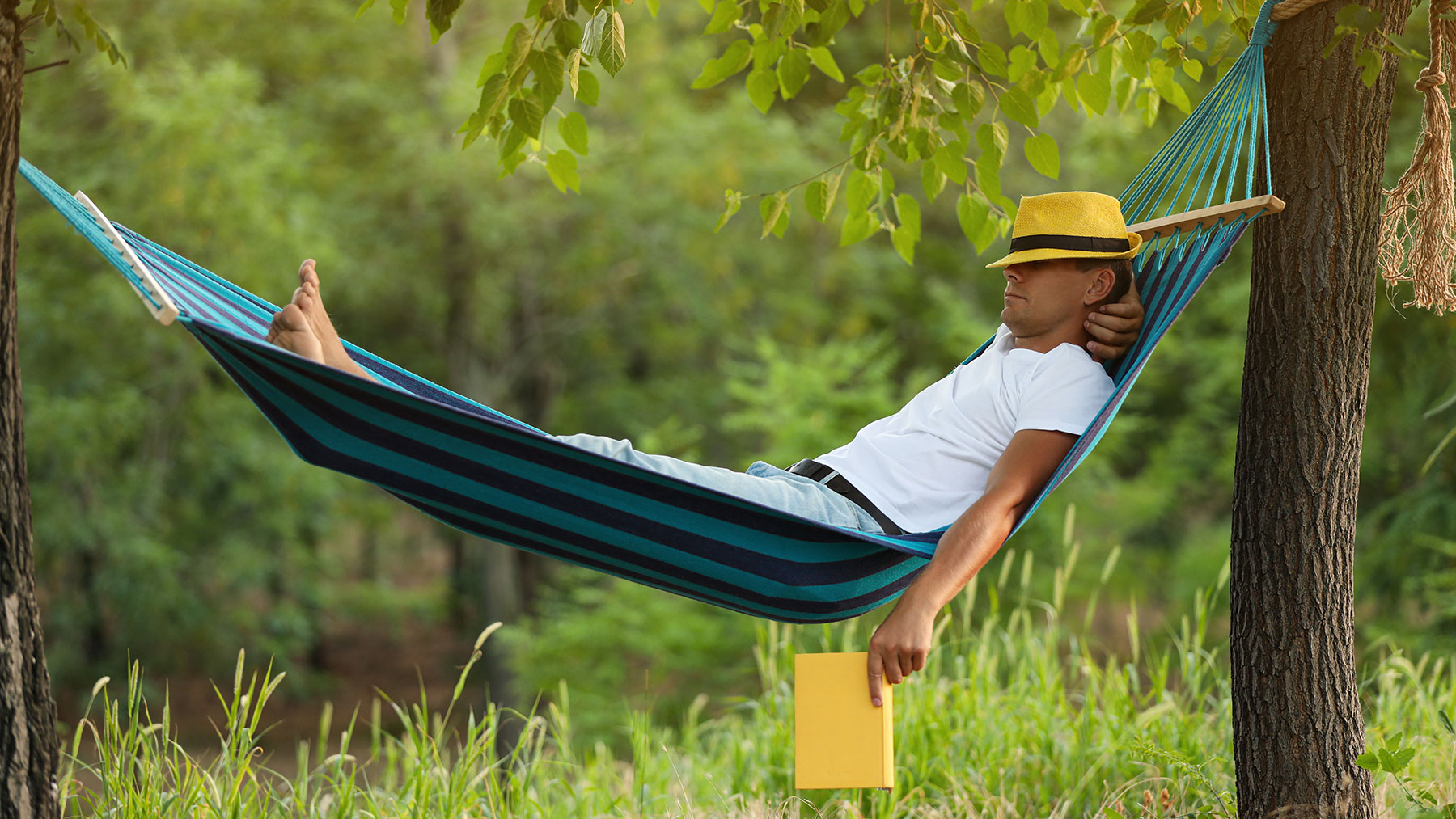
It may seem like a lazy option, leaving your lawn uncut for a month, but in reality, if you want to get your perfect lawn back into shape after a couple of weeks, it will take more work than a quick mow. It would be a mistake to assume that after four weeks, you’ll return to a lawn that just contains lengthier grass without any additions. Your lawn will be on the wild side.
However, during the time I didn’t mow my lawn, I got my vegetable patch up to scratch and chose a few vegetable seeds to sow in May. I sowed zucchini and broad beans, and planted pole beans and tomatoes — making sure to properly stake my tomatoes and pole beans with trellis to give the plants enough support.
If you begrudge spending time mowing your law when you could be doing something else, it may be time to invest in a robot lawnmower.
Ways to make No Mow May more manageable
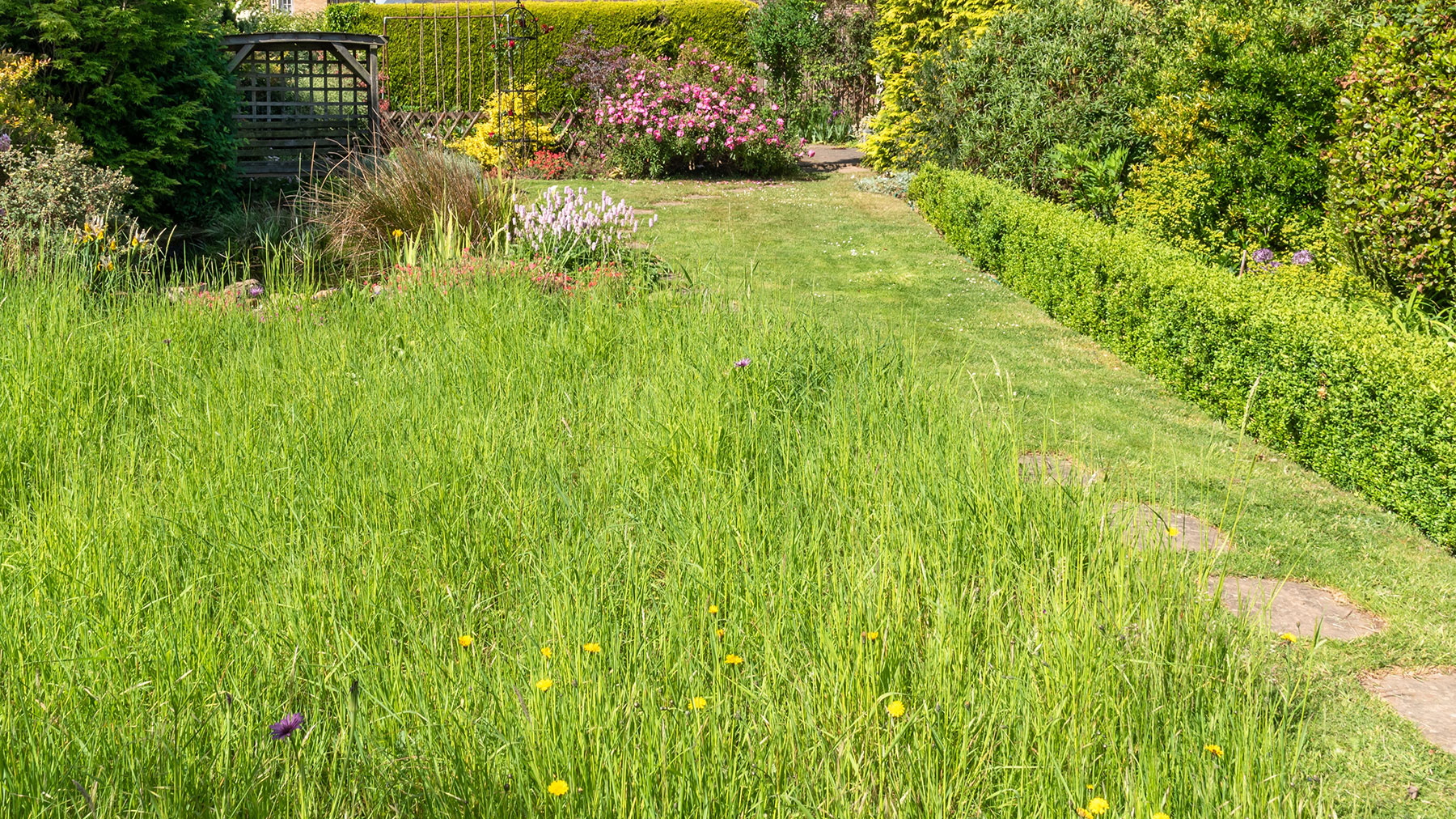
Depending on the size of your lawn, it may seem overwhelming to leave the whole area uncut. Perhaps you have young children who play in your yard, and need a space for rough and tumble, or you need easy access to a home office or a potting shed and don’t want to be walking through long, wet grass if it’s been raining.
Another way to make life easier with No Mow May is to mow a pathway where you walk. This prevents you from striding through into long-stemmed grass as you make your way to a patio or to refill a bird feeder.
There are plenty of options to make No Mow May more manageable. If you have a large lawn area or it is divided into sections, continue to mow one of the areas. You can still improve the biodiversity in your backyard by leaving one area uncut. Perhaps you'd prefer to leave an area furthest from your house unmown, while keeping it neat near your house.
I was worried about the grass growing and merging into my flower beds, but this was easily remedied. If this is a problem for you, trim the edge of your lawn using a special lawn edging tool. I was surprised at how much difference just giving the lawn edges a trim made to the overall appearance of my grass, without it having a huge impact on what I was trying to achieve.
And it’s surprising how quickly you get used to the longer grass, especially when you start spotting the flowers that appear among the green blades.
What I spotted within my lawn
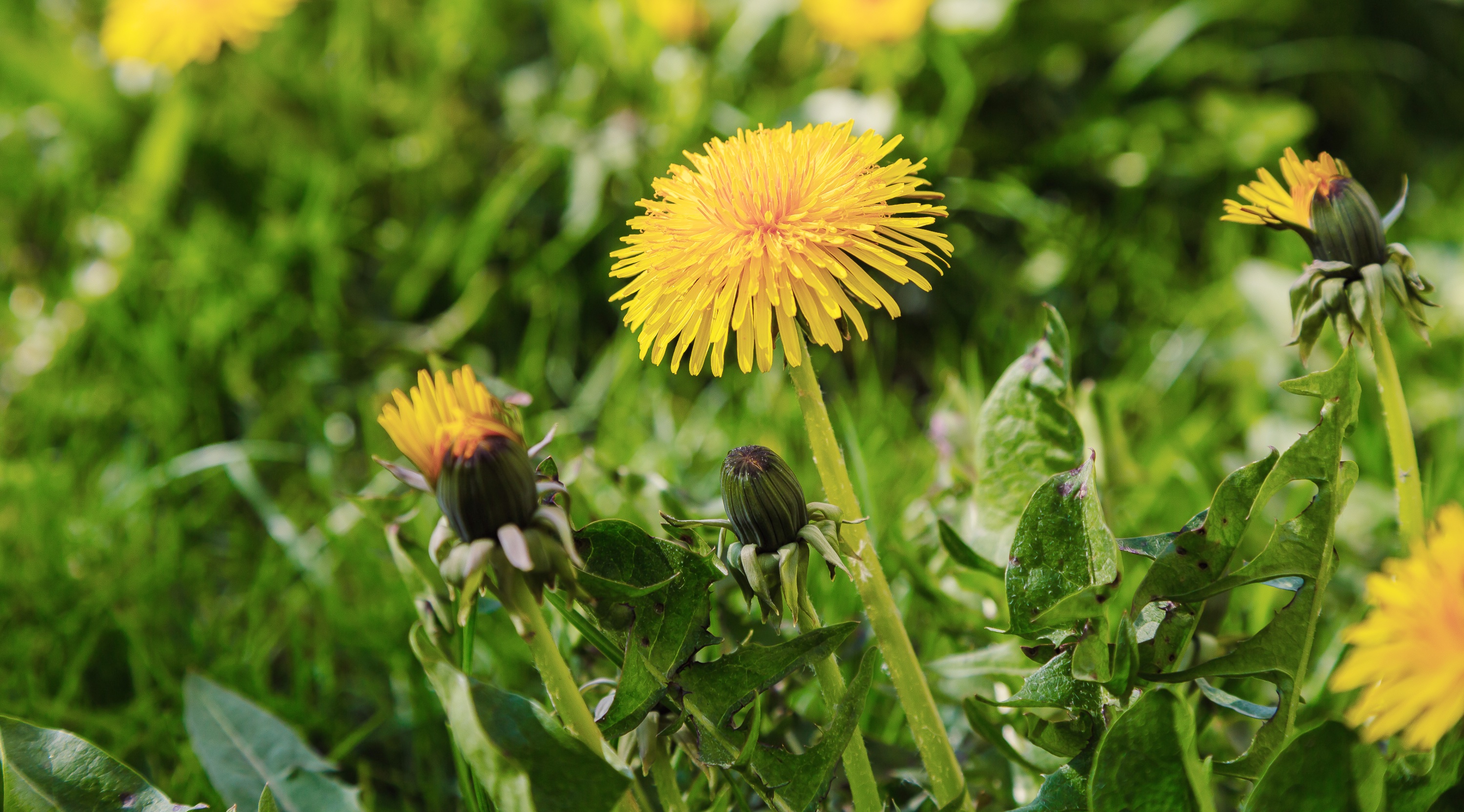
Allowing my lawn to grow wild for a month gave me the opportunity to spot wildflowers growing among the turf, including dandelions, dropwort, common milk thistle, doves-foot cranesbill and ribwort plantain.
Although I could identify most of the extra flowers within my lawn, I took the opportunity to use an app to name a few I wasn’t so sure about. I used PlantNet, a free plant identifier that helps you determine a leaf, flower, fruit, bark, or habit. Simply download the app, take a photo, and specify what you’re trying to identify. In my case, I selected either a flower or a leaf.
Think about your garden as a habitat
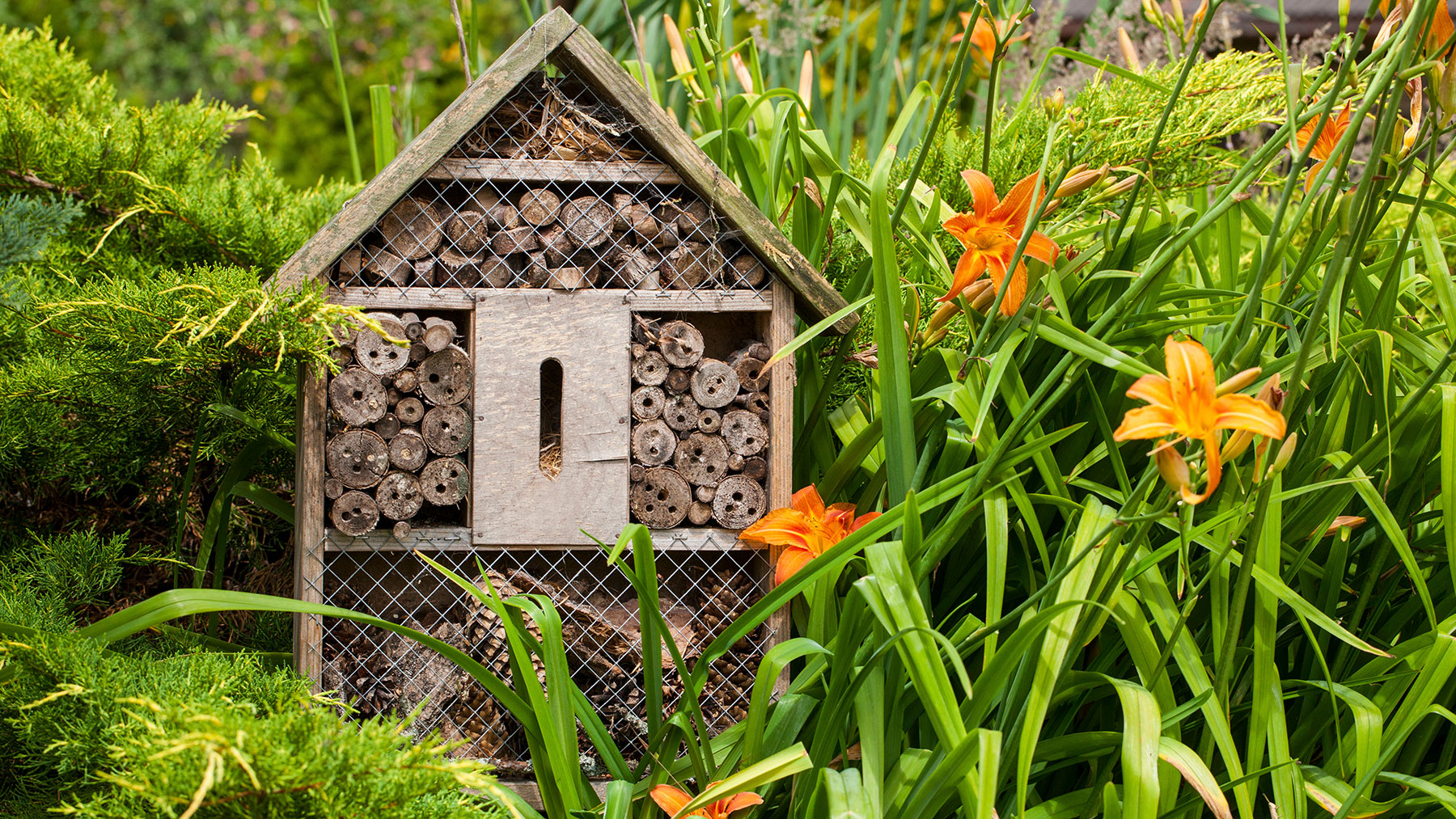
Taking part in No Mow May helped me think about the wider picture, not just how supporting insects in May helps biodiversity. It made me consider how else I can help and support wildlife in my garden throughout the year. Not only choosing plants to encourage pollinators, but thinking about how companion planting can help when growing your own veg to deter slugs and snails from your yard. For instance, the scent and leaf textures of certain plants like lavender and thyme will put pests off.
Although I already have bird feeders and a bird bath in my yard, and I enjoy watching everything from great tits, robins, magpies and collared doves popping in for a snack or a drink, I began to use an app to identify different bird song. Merlin bird id is a free app that identifies birds from either a photo or their bird song. As it can be tricky to get up close to take a snap without scaring the birds away, I found the sound identifier ideal.
I'm also thinking about buying an insect house, to attract more than just birds and bees into my garden.
What I'll be doing after No Mow May
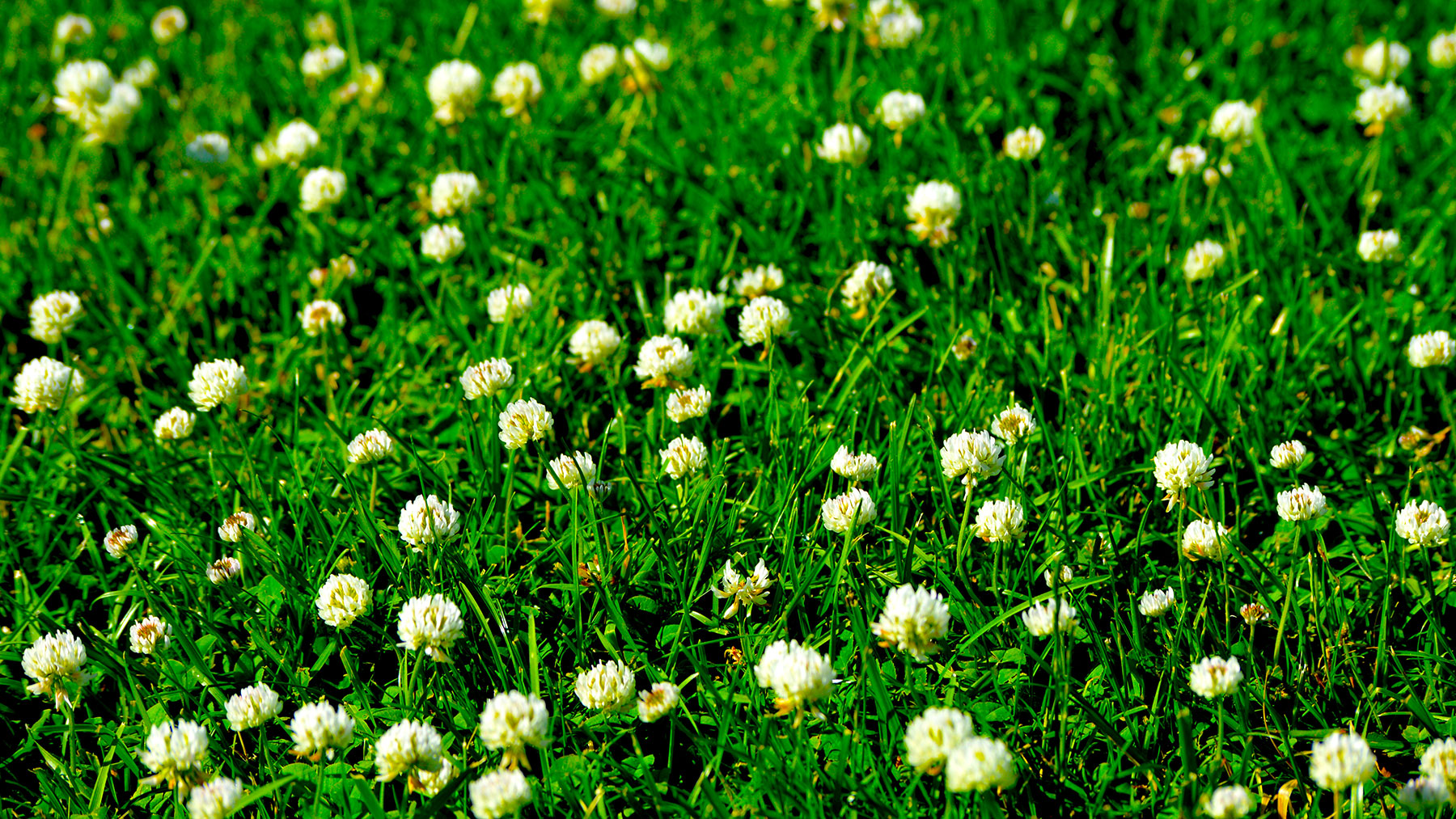
As I turn over the page on my calendar into June, I won’t be in a rush to grab my lawn mower. In fact, I enjoy seeing the longer grass and the extra color that the wildflowers bring. As I have a long narrow garden that’s divided into three sections, I plan to mow the lawn nearest my house and keep it long at the end of my garden. I’m also considering whether to replace the turf at the end of my patch with a clover lawn, as apart from needing less water to survive, it requires much less maintenance, giving me more time to spend on other garden jobs.







